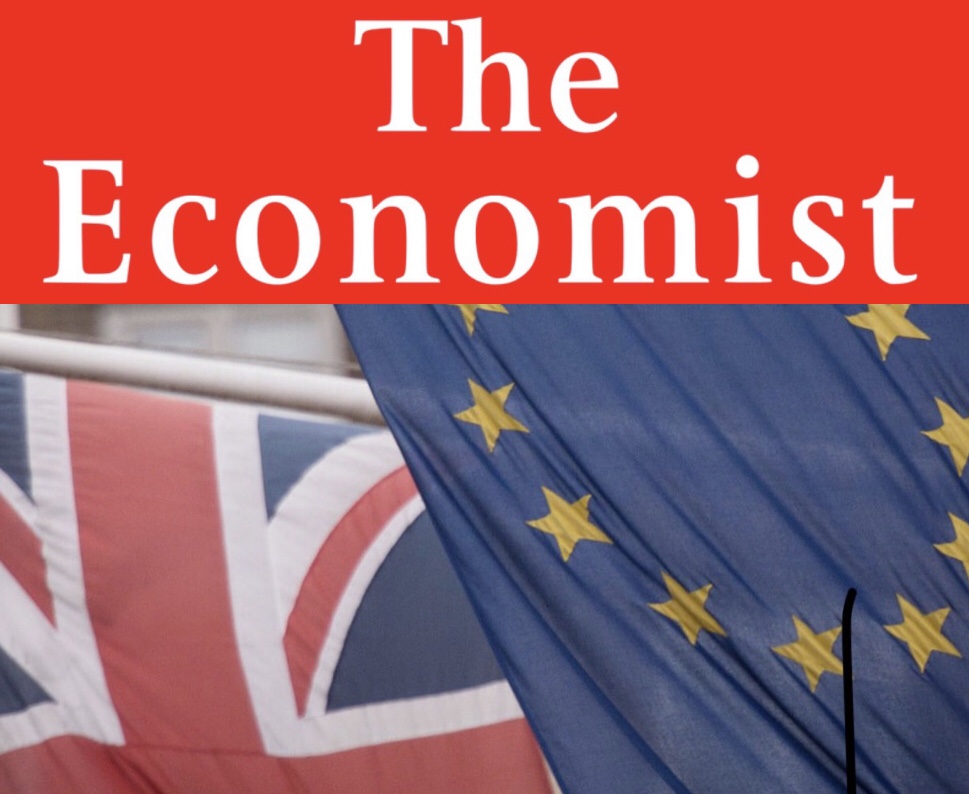Why the risk of a no-deal Brexit is increasing
The Economist writes that EU leaders had once hoped that a provisional Brexit deal would be struck at their October summit, which starts today in Brussels. That would have left enough time for a legal text to be firmed up and sent for ratification to the European and Westminster parliaments before Brexit is due to happen on March 29th 2019. But the timetable is slipping, and there is a growing risk of no deal at all. The main reason is that Theresa May, Britain’s prime minister, has rejected a key part of the EU’s draft withdrawal agreement, a planned backstop to ensure that, no matter what happens to a future trade deal between Britain and the EU, there is no hard border with physical customs controls between Northern Ireland and the Irish Republic.

The issue of the Irish border has bedevilled talks from the start. The EU’s guidelines for negotiations, published in March 2017, made it one of three points that needed to be settled in the withdrawal agreement before talks could begin on future trade relations (the other two were settling how much Britain owed for outstanding EU obligations and enshrining the rights of EU citizens in Britain to stay). Last December Mrs May agreed with the EU that, while the intention was to avoid frontier controls through a comprehensive free-trade deal, a backstop solution was needed to ensure no hard border in any circumstances. The problem is that the two sides have different views on how such a backstop should be legally designed.
The EU version would keep Northern Ireland in a customs union and in regulatory alignment with its single market. But Mrs May, strongly pushed by the Northern Irish Democratic Unionist Party (DUP), which props up her government, rejects this as it implies that border checks would need to take place between the province and the British mainland. Instead, she proposes to keep the United Kingdom as a whole temporarily in a customs union and in regulatory alignment until technology allows physical border controls to be dispensed with. The EU dislikes the first idea, does not believe technology will ever solve the problem and is against any time limit as it would negate the very purpose of a backstop.
Mrs May still believes a compromise can be found. The EU may after all agree to a backstop that applies to the whole UK. But there is little time left to strike a deal. And what makes compromise most difficult for the prime minister is the risk she faces that the Westminster parliament could say no when she presents it for approval. That could create new uncertainties, including possibly triggering another general election or even a second referendum. With the clock ticking, it could also lead to a disruptive no-deal Brexit next March. The next few weeks will be decisive for the outcome of Brexit—and for Mrs May’s own future.
Source: The Economist
You must be logged in to post a comment.